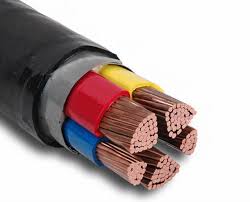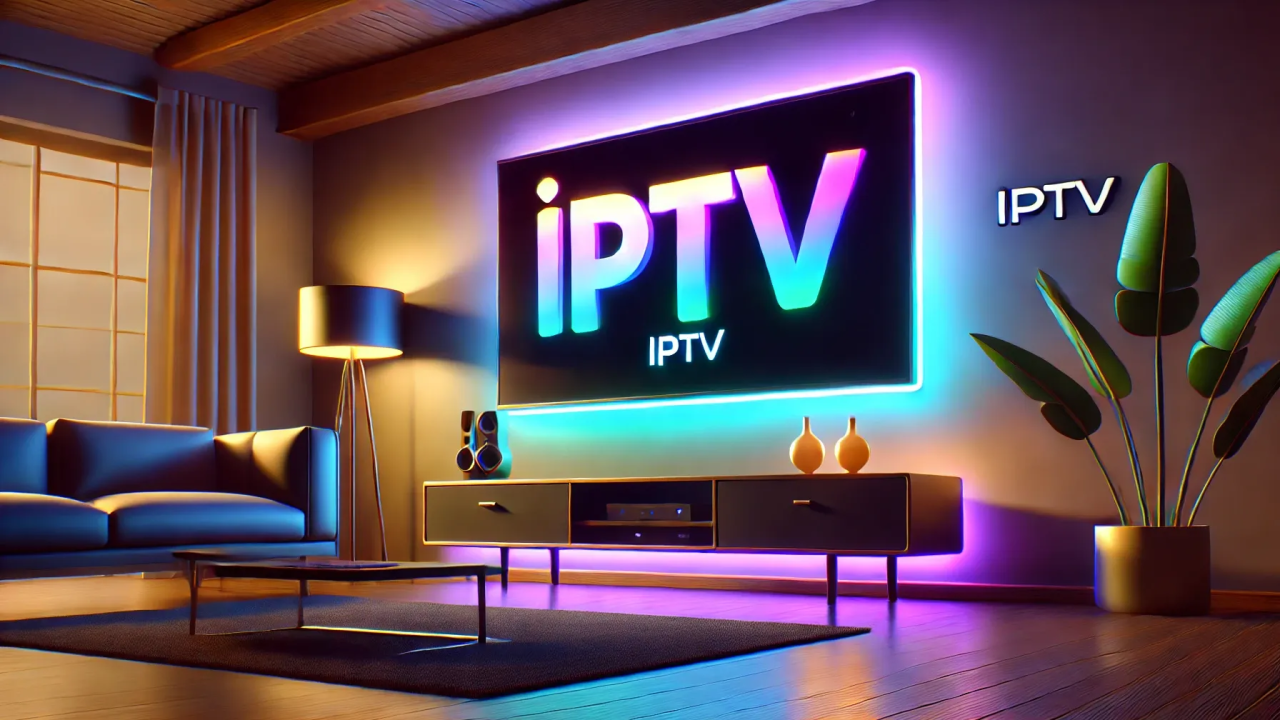
Coaxial Cable Installation Tips for Optimal Signal Quality
Coaxial cables are crucial for the transmission of high-frequency signals different applications, such as television Internet, telecommunications, and other television channels. To ensure the highest quality of signal and system performance, correct installation is vital. Here are some key tips for installing coaxial cables effectively.
1. Choose the right cable The right kind coaxial cables is the first step to achieving optimum signal quality. Consider the cable’s impedance (typically 75 Ohms for internet and TV applications) and its shielding quality. Quality cables with multiple shielding layers can more effectively shield against interference and preserve the integrity of signals over long distances.
2. Plan the route carefully: Plan the cable route to minimize abrupt bends and kinks or stress points. Beware of operating coaxial cables near sources of electromagnetic interference (EMI) for example, electrical cables or fluorescent lights. A well-planned route reduces the chance of signal degradation and helps ensure the installation process is more smooth.
3. Be careful when handling them: During installation, handle coaxial cables gently to avoid harming the conductors inside or insulation. Avoid sharp twists and sharp bends as these can lead to damage to cables or loss of signal. Make use of the right tools for managing cables, like cable clips or ties, to hold the cable without compressing or pinching it.
4. Use the correct connectors: Make sure that you use premium connectors that are compatible with the coaxial cable. Connectors should be installed with precision to avoid loss of signal. When attaching connectors take care to strip the cable to expose the conductor’s inner and shield, and ensure it is secure screwed or crimped onto the cable.
5. Minimize Cable Length Reduce Cable Length: Keep the length of cable as short as is possible to reduce signal loss. Long cable runs can result in attenuation where the signal weakens over distance. If a longer cable run is required, you can use an amplifier to boost the signal strength, but avoid over-amplification, which can lead to distortion of the signal.
In the end, achieving maximum quality of signal with coaxial cables involves careful planning, handling, and installation. When you choose the correct cable, using the correct connectors and minimizing interference and noise, you can guarantee reliable quality signal transmission and performance for your TV, internet, and other coaxial-dependent devices.


